The Red Envelope: Billkin and PP Krit’s Take on a Love Story Beyond the Grave
In a cinematic landscape saturated with remakes, reboots and sequels, you might ...
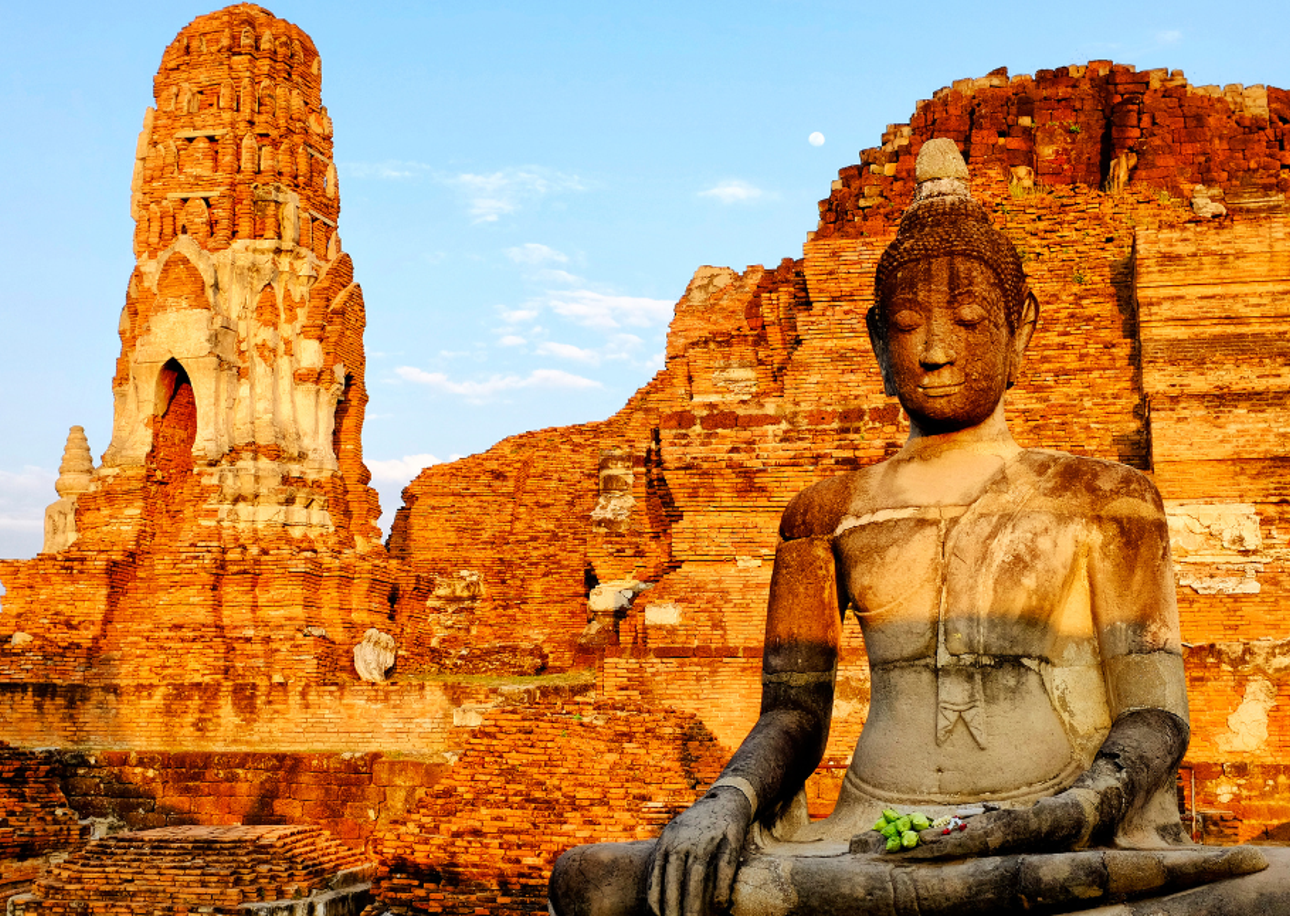
UNESCO’s List of Intangible Cultural Heritage came to light in 2008, in an effort to go beyond tangible landmarks in the protection of cultural heritage worldwide. Thailand has had three of its cultural symbols inducted to the list since 2018, but we reckon our vibrant country has much more to show for in terms of “intangible cultural heritage”. We would unofficially like to present our suggestions to UNESCO, after a quick run-through of the ones already on the list.
On The List
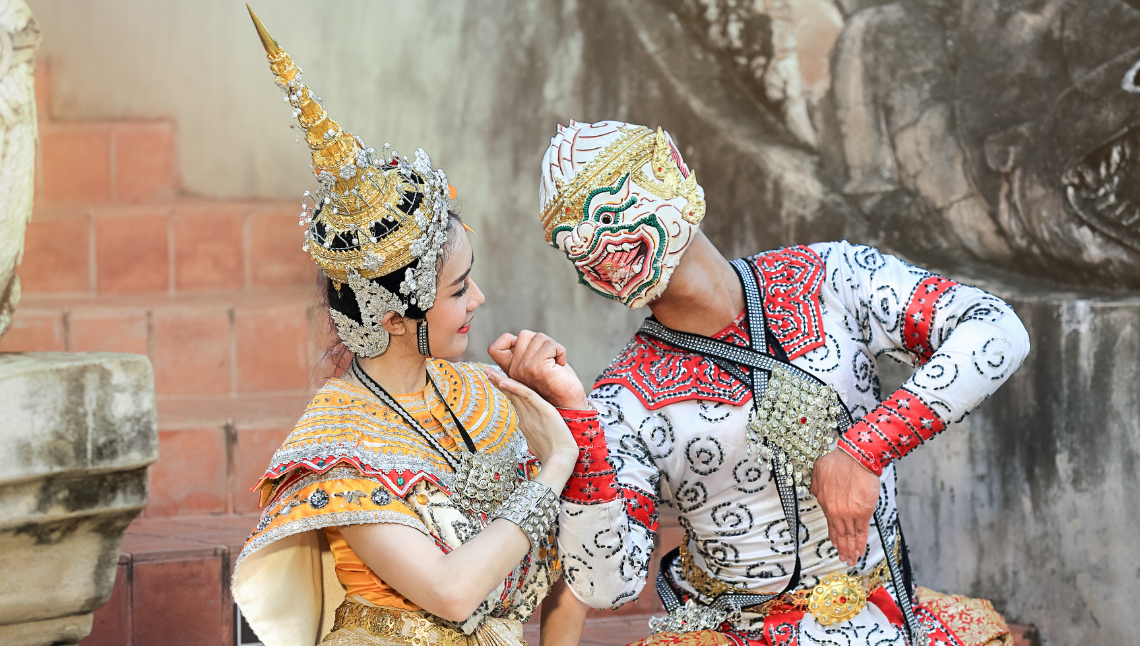
KHON The first Thai item of intangible cultural heritage to be recognised on UNESCO’s list, khon is the crown jewel of our nation’s performance arts. A traditional masked dance based on the epic Ramakien—the Thai adaptation of the Hindu Ramayana—khon is an amalgam of musical, vocal, literary, dance, ritual, and handicraft elements. It originated during the Ayutthaya period (1350-1767) and was traditionally performed in the royal court by an all-male cast. Due to the artform’s high-class origins, khon performers wear awe-inspiring glittering costumes, including the famous khon masks, and portray the glory of Rama, a deity hero and ruler, through intricate movements, vocals, and instrumentalism.
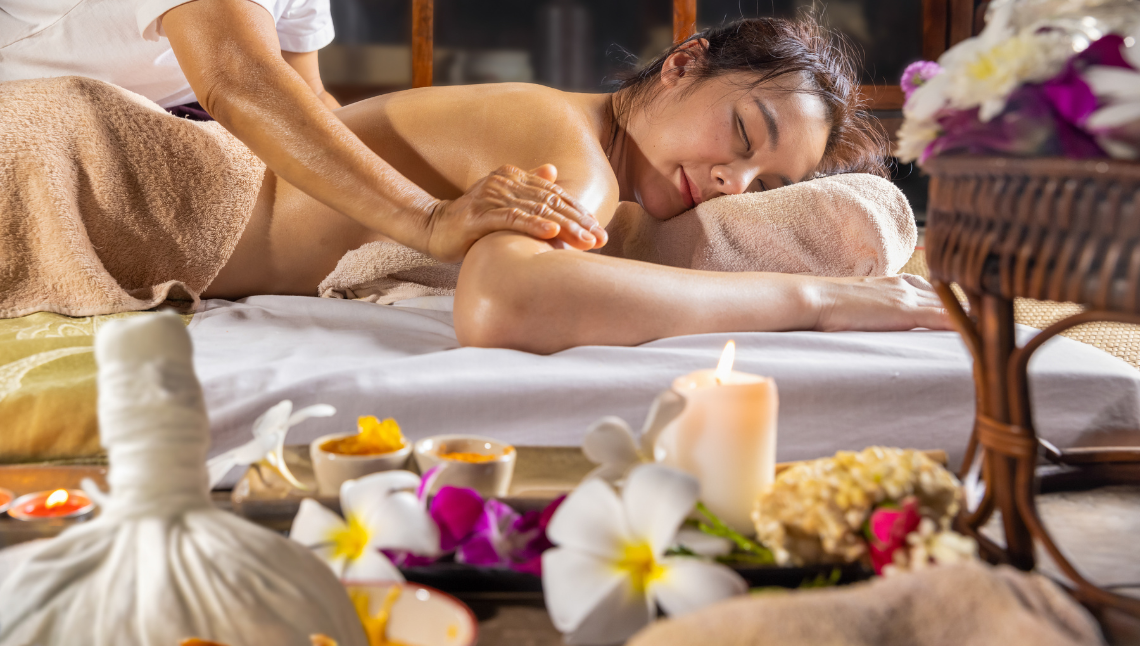
Thai Traditional massage was inscribed on the list the following year, in 2019. Considered a type of natural therapy for rebalancing the body, nuad Thai has been used historically in Thailand to treat illnesses caused by the obstruction of energy flow. It is performed by trained therapists using a combination of manipulations through the masseuses’ hands, elbows, knees, and feet, together with herbal hot compresses to reduce inflammation. The philosophy behind nuad Thai practices stems from an ancient belief about the body’s four elements—earth, water, wind, and fire—being in harmony with each other. In the past, every village had healers whom people would turn to when they had muscle aches. Over time, it has evolved into a formal system of knowledge and a service that is popular among locals and tourists alike.
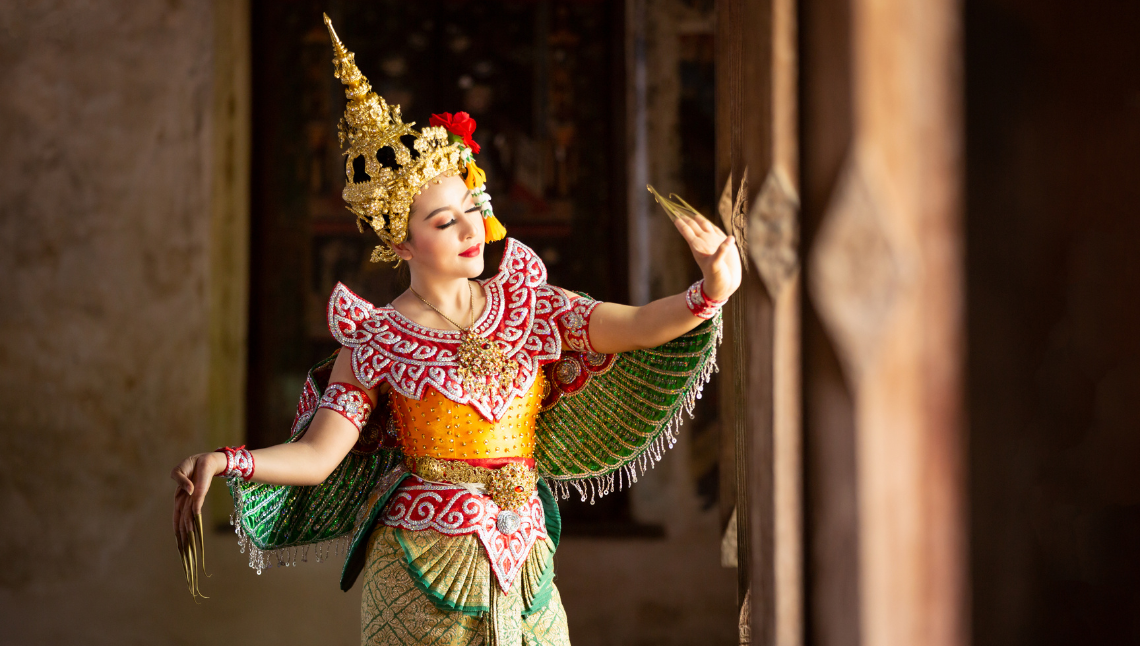
Another form of theater arts, nora hails from Southern Thailand and is typically witnessed at cultural events, theatres, and temple fairs. Inducted to the list as recently as 2021, the artform is over 500 years old and holds deep cultural and social significance, characterised by its use of regional dialects and its heroic subjects. A lengthy, oral invocation is performed, followed by a vigorous dance that involves elaborate movements of the legs, arms, and fingers. The soundtrack is highly rhythmic, incorporating a traditional oboe-like instrument, drums, gongs, cymbals, and wooden clappers. Performers iconically adorn themselves with long, metallic fingernails, colourful costumes, elaborate crowns or headdresses, and wings or tails tied around the waist to give them bird-like appearances.
Not (Yet) On The List
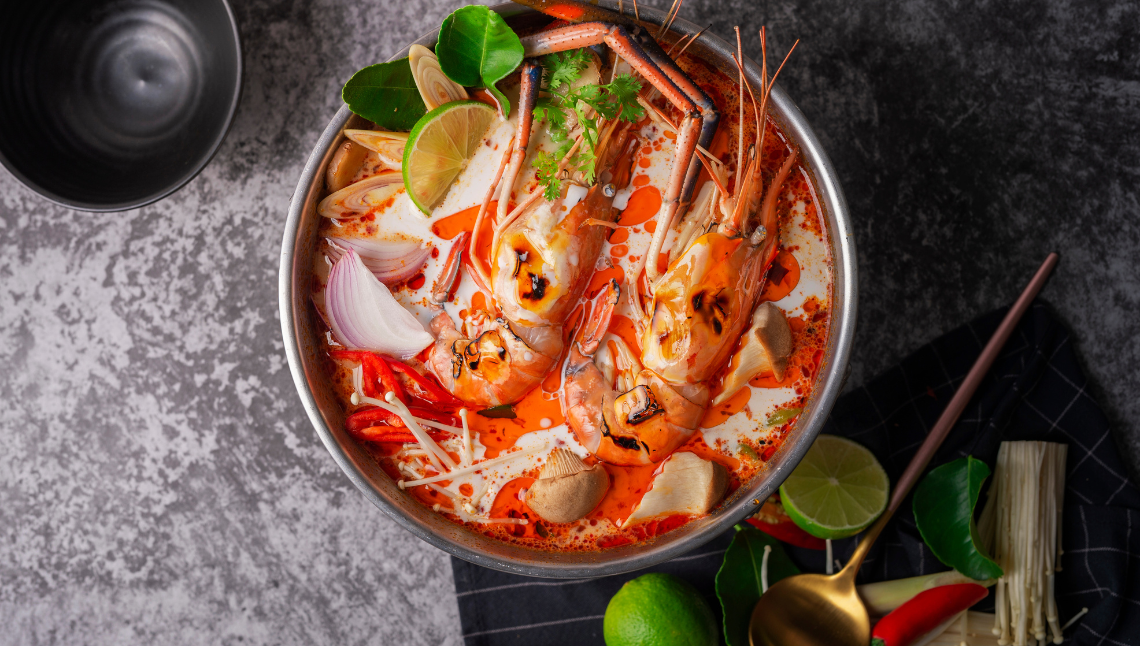
Tom Yum Goong Last year, the Culture Ministry of Thailand proposed to nominate the famous hot and spicy shrimp soup to UNESCO’s Intangible Cultural Heritage list, and we completely support the motion. The dish exemplifies Thailand’s agricultural bounty as well as our cuisine’s abundance of flavours, from spicy to sweet, sour, and salty. Found almost everywhere across the country, the dish is loved so much, you might even find modern-day iterations like tom yum fried rice or tom yum-flavoured chips and snacks in convenience stores. Apart from its enticing and unique taste, the recipe is also great for health, as it is low in fat and has various medicinal properties due to its herbal contents.
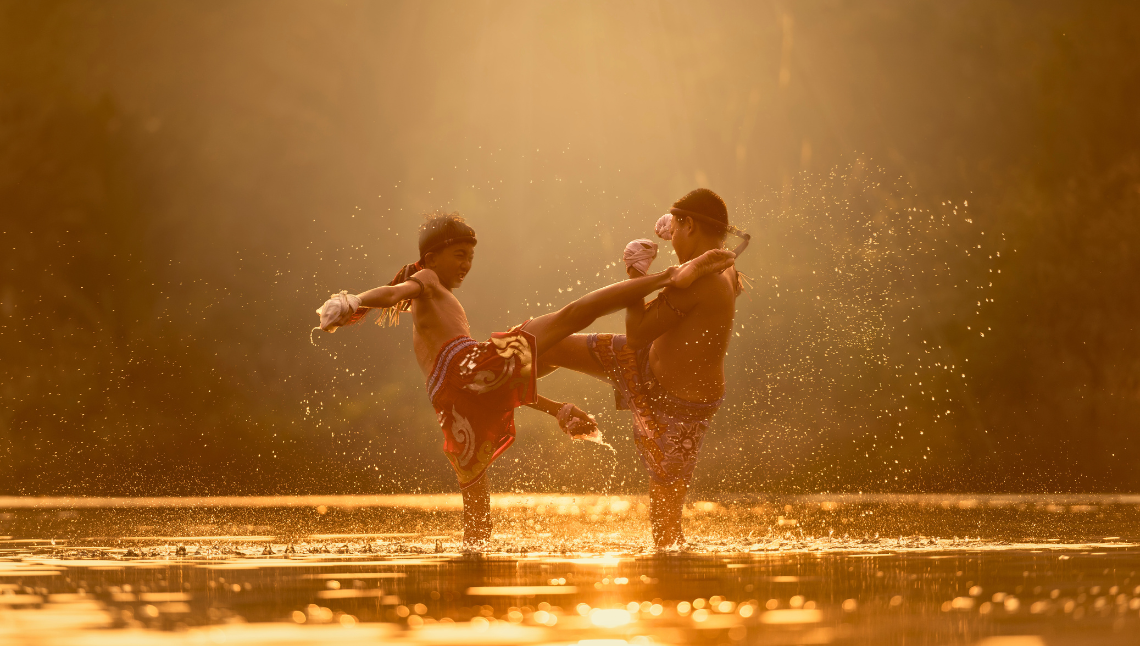
The renowned combat sport muay Thai, sometimes referred to as Thai boxing, is a traditional martial art and the national sport of Thailand. The history of muay Thai can be traced back to the Sukhothai Kingdom, around the 13th century. During the war between Thailand, Burma, and Cambodia, Thai soldiers prepared for both armed and unarmed combat, practicing muay Thai as self-defense, exercise, and discipline. Known as “The Art of Eight Limbs”, muay Thai sees the use of eight points of contact—fists, elbows, knees, and shins—in imitation of weapons of war. Later on, King Rama V’s personal interest in the technique was critical to muay Thai’s evolution into a cultural pastime. To this day, Thai boxing is loved not only in Thailand but among martial arts enthusiasts throughout the rest of the world.
In a cinematic landscape saturated with remakes, reboots and sequels, you might ...
Find out more about your celeb favourites and their most loved vacation ...
These top 5 barber shops in Bangkok are where gentlemen can elevate ...
While traditional TV shows are serving us endless boy-meets-girl tales. Thailand has ...
Sailorr and Molly Santana’s black grills fuse hip-hop swagger with homage to ...
Netflix Thailand has officially announced a new price for base subscriptions We’ve ...
Wee use cookies to deliver your best experience on our website. By using our website, you consent to our cookies in accordance with our cookies policy and privacy policy